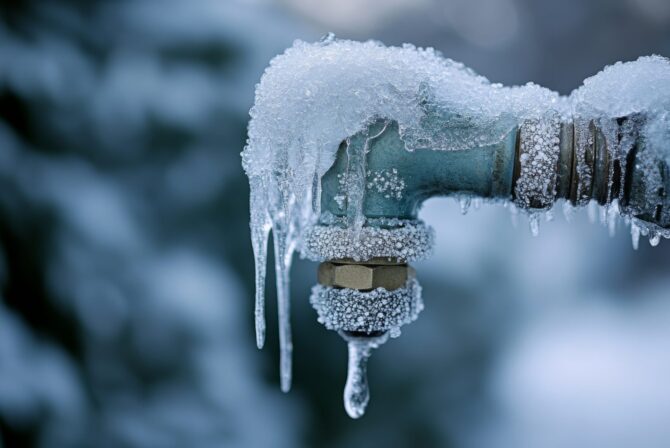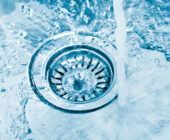
Winter can be challenging for plumbing systems, especially in areas that experience sudden temperature drops. To keep your home’s plumbing in top shape and avoid potential issues, follow this winter plumbing checklist from Champion Home Services, serving San Antonio.
1. Insulate Exposed Pipes
Protect pipes in unheated areas like basements, attics, and crawl spaces by wrapping them with foam insulation or heat tape. This reduces the risk of freezing and bursting during cold snaps.
Expert Tip: Focus on pipes along exterior walls and in colder areas of the house, as these are more susceptible to freezing.
2. Seal Gaps and Cracks
Check for gaps or cracks around doors, windows, and walls that allow cold air to reach your plumbing. Sealing these with caulk or insulation reduces the chances of pipes freezing.
Expert Tip: Don’t forget to check areas around outdoor faucets and wall-mounted fixtures for any cracks.
3. Disconnect and Store Outdoor Hoses
Leaving hoses attached can trap water inside the faucet and pipes, increasing the risk of freezing. Disconnect and store hoses indoors, and close off the outdoor water supply if possible.
Expert Tip: Drain any residual water from hoses before storing them to prevent cracks and mildew.
4. Keep Cabinets Open in Cold Rooms
In particularly cold weather, open cabinet doors under sinks in bathrooms and kitchens. This allows warm air to circulate around pipes, helping prevent freezing.
Expert Tip: If you have young children or pets, ensure harmful cleaning supplies are out of reach before leaving cabinets open.
5. Drip Faucets During Freezes
Letting faucets drip slightly during very cold weather keeps water moving and reduces the chances of freezing in pipes.
Expert Tip: Only allow a small drip; even a slow trickle can relieve pressure within the pipes and prevent freezing.
6. Maintain Water Heater Efficiency
Cold weather can cause your water heater to work harder to supply hot water. Flush out sediment, check the temperature setting, and insulate the heater if necessary.
Expert Tip: Set the water heater temperature to around 120°F to save energy and maintain efficient operation.
7. Inspect Your Sump Pump
If you have a sump pump, make sure it’s functioning properly. Clean the pit, check for debris, and test the pump to ensure it’s ready for any unexpected winter flooding.
Expert Tip: Ensure the discharge line is clear of obstructions to prevent water from backing up into your basement.
8. Know the Main Water Shut-Off Location
In case of a burst pipe, knowing where your main water shut-off valve is located can save you from extensive water damage. Familiarize yourself with its location and test it to ensure it works smoothly.
Expert Tip: Label the shut-off valve clearly so all household members can find it in an emergency.
9. Schedule a Professional Plumbing Inspection
A plumbing inspection can identify potential problems before they become emergencies. Champion Home Services offers professional inspections to ensure your plumbing system is prepared for winter challenges.
Expert Tip: Scheduling a maintenance check in winter can help you address issues early, saving you time and money.
Protect Your Plumbing This Winter
Winter plumbing maintenance is essential for preventing inconvenient and costly issues. Following this checklist will help safeguard your system. For professional assistance with winter plumbing preparation, contact Champion Home Services at (210) 528-1604 or click here to schedule an inspection or repair.




